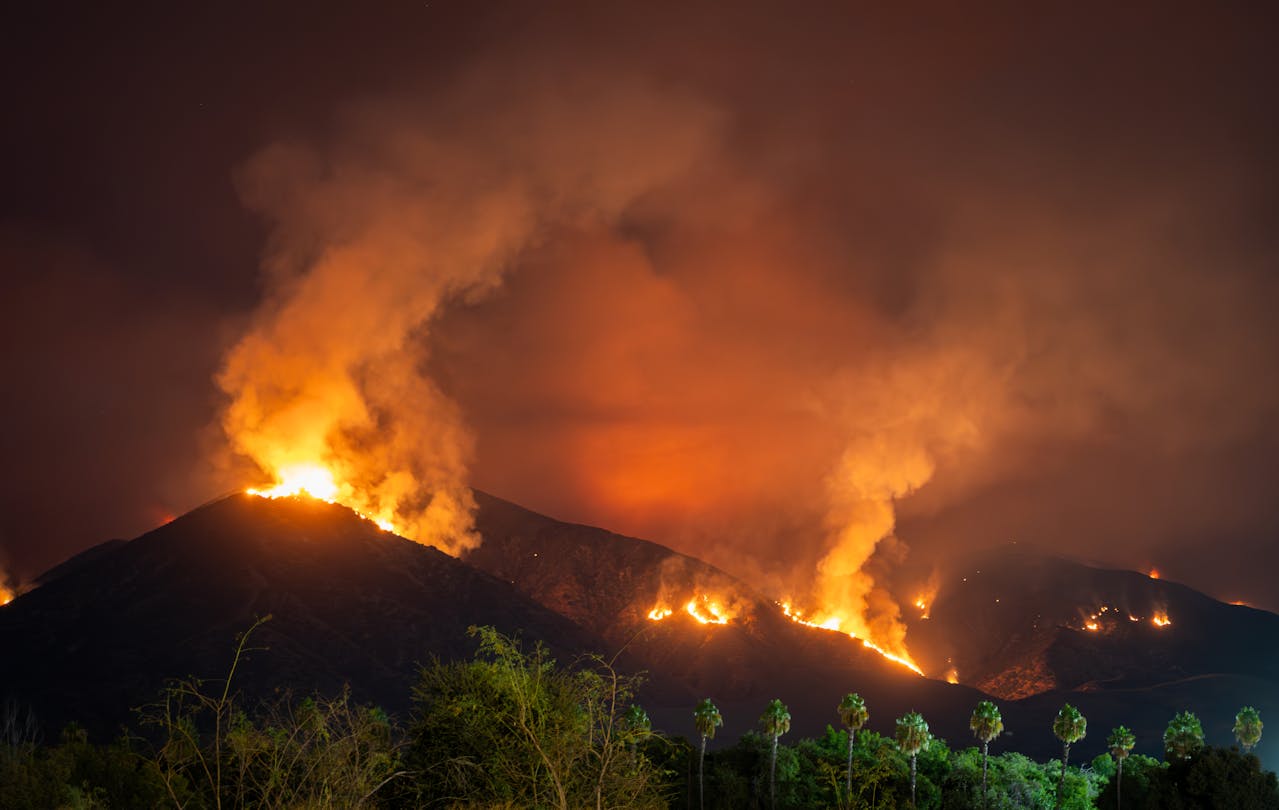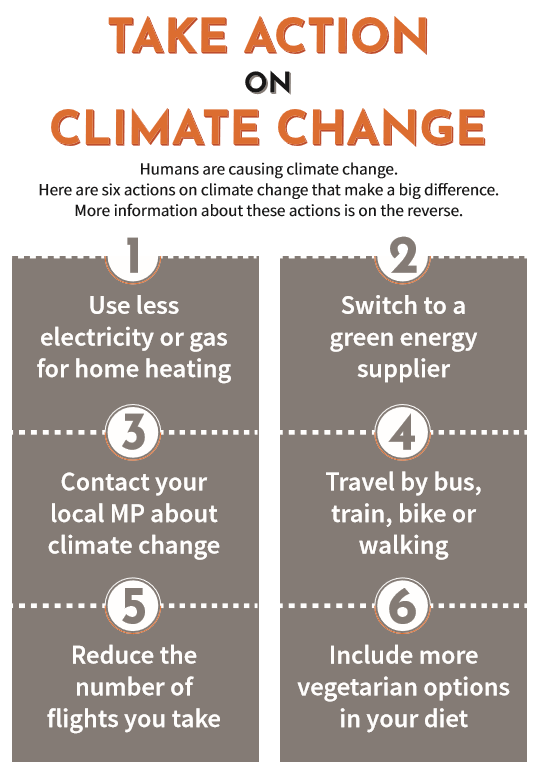Our News
Wildfires – Things You Can Do

Photo by Soly Moses on Pexels
The devastation caused by Australia’s wildfires have hit headlines across the globe over the past month; although the fires have been ongoing since August. Images of enormous flames engulfing towns and filling skies have struck fear into people that the climate crisis is showing yet more visible signs of its acceleration and massive potential to wreak havoc among populations.
Of course, Australia is no stranger to wildfires, having them seasonally every year. However, many would say that the intensity of these fires is largely due to factors compounded by a changing climate. Longer periods of drought, hotter summers, and other unusual weather patterns fanning the flames have culminated in 5 million hectares of land being burned already. This in comparison to the 906,000 hectares of land turned to ash earlier last year in the 2019 Amazon fires, is almost impossible to comprehend.
The direct death toll currently stands at 27, with more sadly expected before it is over. Some species have been pushed to extinction, and more than half a billion animals are estimated to have been killed. Sydney’s air quality has edged over being 11 times worse than what is considered a ‘hazardous’ level, threatening the health of those living through it, and likely to be indirectly responsible for many more deaths. Thousands of homes have been destroyed across the country already, and with much of summer left, this is expected to increase as the fires continue their onward attack.
Although the science around climate change is complex, and cannot be labelled the only direct cause of these current bushfires, scientists have long warned that a hotter, drier climate would contribute to Australia’s fires becoming more frequent and more intense. In general, it is also very difficult to attribute climate change impacts to a specific event; however, what we do know is that the average temperature in Australia now is running about 1C above the long-term average. Experts have also warned that fire seasons are starting earlier and “the cumulative fire danger” in many areas is growing.
So what can you do to help?
In the short term, donating money to the fire services and authorities (e.g. NSW RFS or CFA) to help the (many voluntary) firefighters in their efforts would be greatly appreciated. There also are a number of charities helping those directly affected by the fires already, including the Australian Red Cross and The Salvation Army Australia; as well as many wildlife charities aiding care of affected wildlife (i.e. the Australian RSPCA).
However, in a sense, this is effectively putting a plaster over the impacts of a much bigger problem – the breakdown of our climate. We must take preventative action rather than being reactionary in times of crisis. Actively tackling the root causes of climate change by reducing greenhouse gas emissions is something we can all do to help, and is, realistically, something we all must do, if the extent of the fires shocks us, as the only effective course of action. This preventative measure is the only way to stop some of the worst predicted impacts of climate change becoming reality, and in Australia’s case could lessen the chances of fires even more intense than this season has already witnessed in the years to come.
We’ve shared this before, but the flyer below produced by the Tyndall Centre details six practical actions you can do right now to drastically reduce your carbon footprint. Whether you do all these things already, or not, it is also important to keep the conversation of carbon reduction going in relation to these events and the links to climate change – particularly while it’s in the news and in the forefront of people’s minds.

